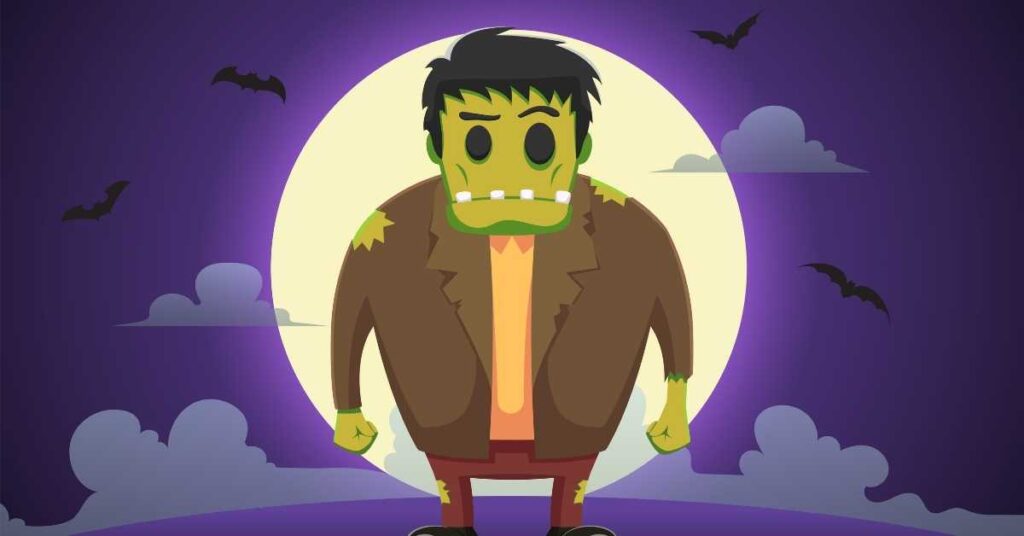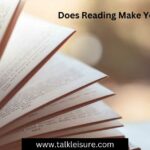Frankenstein is a novel by Mary Shelley that was first published in 1818. The novel tells the story of Victor Frankenstein, a young scientist who creates a monster from dead body parts. Although the creature is initially gentle and innocent, he soon turns evil after being rejected by society. The novel has been adapted into numerous films and stage productions, and it remains one of the most popular works of horror fiction.
Frankenstein is considered a level 5 reading. This means that it is appropriate for readers who are able to read and understand complex texts independently.
The book is challenging but still within the reach of most readers. It is a great choice for readers who are looking to stretch their skills and push themselves a little bit further. Frankenstein is an excellent example of a level 5 text, offering an engaging and rewarding reading experience for those who are up to the challenge.
Why should students read Frankenstein and what are they going to learn from it?
Frankenstein is an important novel for students to read for a number of reasons. First, the novel askste fundamental question about what it means to be human. The characters in the novel are forced to grapple with issues of morality, ethics, and science, which are still relevant today. In addition, the novel also explores the dangers of unchecked ambition and the need for responsibility when playing with powerful forces. As such, Frankenstein can help students to think critically about a range of important issues. Finally, the novel is also a masterfully written work of fiction, and students can enjoy its atmospheric setting and suspenseful plot. In sum, there are many good reasons for students to read Frankenstein, and they are sure to gain a lot from the experience.
What are the themes used in Frankenstein?
One of the most prevalent themes in Frankenstein is the dangers of playing with nature. The novel’s protagonist, Victor Frankenstein, famously creates a monster by piecing together body parts and bringing them to life through a scientific experiment. However, Frankenstein soon realizes that he has made a mistake; the monster is uncontrollable and murderous. As a result, Frankenstein pays dearly for his hubris, as he is pursued by his creation across the globe and eventually loses everyone he loves.
In addition, the novel also explores themes of isolation, as both Frankenstein and his monster are shunned by society and forced to live in exile.
Ultimately, Frankenstein is a cautionary tale about the dangers of tampering with nature.
How can teachers use the novel to help students understand literary devices?
There are a number of ways that teachers can use novels to help students understand literary devices.
One way is to have students keep a journal in which they record examples of literary devices they encounter as they read. This can be done as a class, with each student sharing one or two examples each day, or it can be done individually.
Another way is to have students choose a passage from the novel that they find particularly beautiful or powerful, and then ask them to analyze what specific literary devices the author has used to create that effect.
Finally, teachers can lead whole-class discussions in which they point out and explain different literary devices that are at work in the novel.
By using these and other strategies, teachers can help their students develop a deeper understanding of how literary devices are used to create meaning in a text.
What are some activities that can be used with the novel in a classroom setting?
There are a number of activities that can be used with the novel in a classroom setting.
One activity is to have students create a character map, tracking the development of the characters throughout the novel. This can help students to see how the characters change and grow over the course of the story.
Another activity is to have students track the themes of the novel, identifying which scenes and events illustrate each theme. This can help students to see how the themes are developed over the course of the story.
Finally, students can create a timeline of the events of the novel, charting the sequence of events and identifying how they relate to one another. This can help students to see how the different events fit together to create the overall story.
By doing these activities, students will deepen their understanding of the novel and be better able to appreciate its complexities.
What are some critical thinking questions that can be asked about the novel?
There are many different ways to approach a novel, and critical thinking questions can help to deepen our understanding of the text.
For example, we might ask ourselves how the author’s choices affect the way we interpret the story. Are there any key events that change our understanding of the characters or the plot? What does the ending tell us about the themes of the novel?
These are just a few of the critical thinking questions that can be asked about a novel. By engaging with the text in this way, we can develop a richer appreciation for its complexities and nuances.
How does Shelley’s personal life influence her writing of Frankenstein?
Shelley’s life was full of tragedy, which undoubtedly influenced her writing of Frankenstein. Her mother died just eleven days after she was born, and her father remarried a woman who didn’t seem to care for her. She also suffered several miscarriages and the death of her firstborn child. Given all of this personal tragedy, it’s not surprising that Shelley would be interested in exploring the dark side of human nature in her work. In Frankenstein, she gives us a glimpse into what could happen if we allow our scientific curiosity to get the best of us. While the novel is technically a work of fiction, it’s clear that Shelley’s own life experiences helped to shape the story.
Additional resources for helping students with Frankenstein
Frankenstein can be a difficult book for students to understand. While it is a classic of literature, the novel is also long and dense, with many complicated ideas. However, there are a number of resources that can help students to grapple with the book’s concepts.
In addition to study guides and SparkNotes, there are a number of websites devoted to discussing Frankenstein. These sites can be helpful in providing context and analysis, as well as sparking ideas for further research. Furthermore, there are many online forums where students can discuss the novel with their peers.
By taking advantage of these resources, students can get a better understanding of Frankenstein and its place in literature.
Conclusion
Frankenstein is a level 5 text. The text is challenging and may require repeated readings or close listening to comprehend. The book covers a wide range of topics, including science, philosophy, and morality. As a result, it is unlikely that readers will be able to fully understand the text without some prior knowledge or experience. However, the book is well worth the effort, as it offers a unique and thought-provoking perspective on many different issues.












